Howdy, Stranger!
It looks like you're new here. If you want to get involved, click one of these buttons!
Categories
- 956 All Categories
- 3 Picture Posting and Resizing
- 60 New Member Introductions
- 101 Off-Topic Forum
- 2 Photography
- 2 Resources
- 18 New Product Information
- 165 The SierraWest Forum
- 12 Brett's Blog
- 120 General News & Ramblings
- 3 Re-Release Information
- 1 Q & A about SierraWest
- 9 What Would You Like to See?
- 405 Builds
- 145 HO Scale Builds
- 185 O Scale Builds
- 58 Finished SW Build Pics
- 11 Miscellaneous Builds
- 185 Techniques
- 19 Working with Wood
- 23 Painting Castings
- 4 Masonry
- 16 Scenery
- 37 Tools and Supplies
- 22 Layout Planning & Building
- 38 Miscellaneous
- 19 Prototype Information
- 18 Reference and Research
French Water Tower
Or 'Château d'eau' as it is called in the language of Molière. A structure I still had to build for my layout (1/43,5)
This is a complete scratch build edifice which I want to share with you guys her on the forum. ( By kind permission )
There are no SW kits involved, but perhaps these simple techniques might help you with diorama building .
Al materials are, cardboard, plaster, cement, tin can, white glue, 600 grid water sandpaper and some left over brass rod. The peeled paint door is done with the hairspray technique, twice with two colors, over stained wood.
First the finished 'product'.
If you have specific questions, fire away.
Here we go.
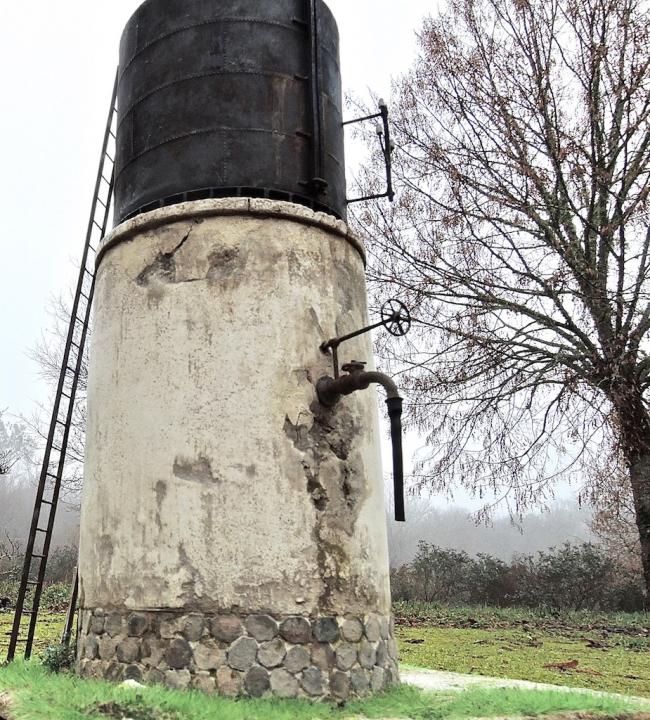
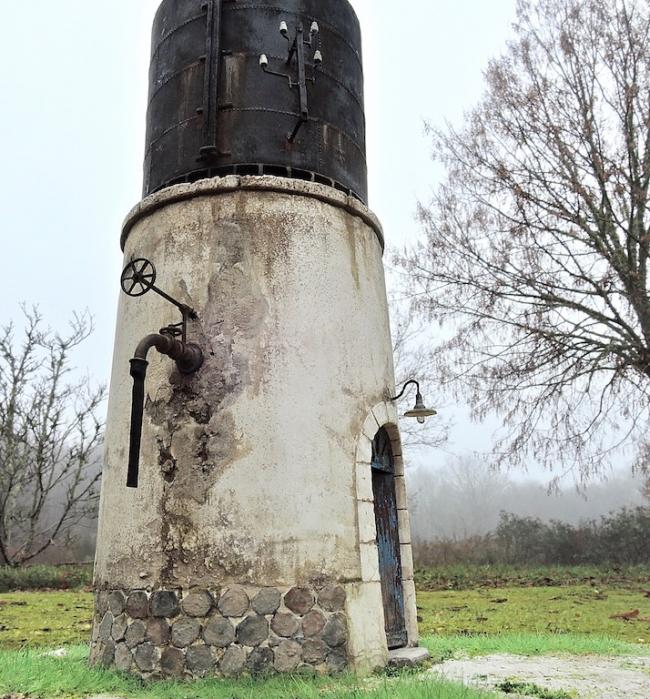
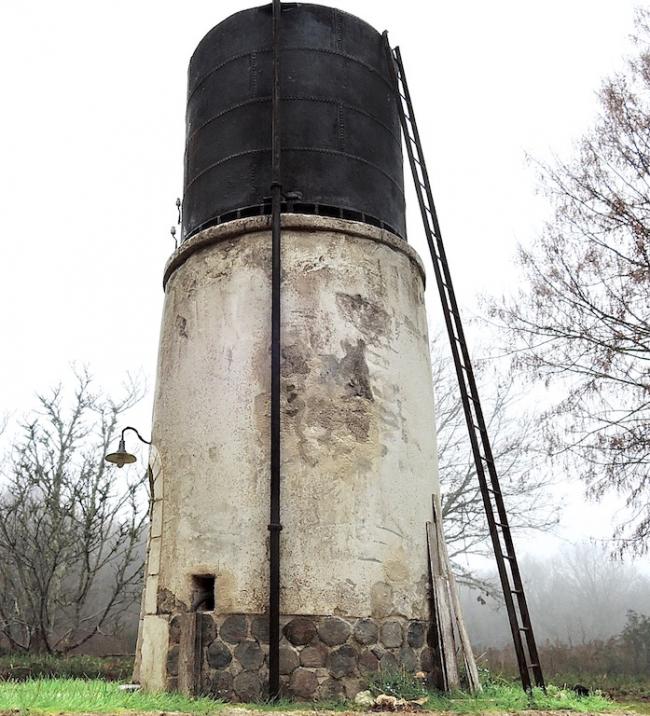
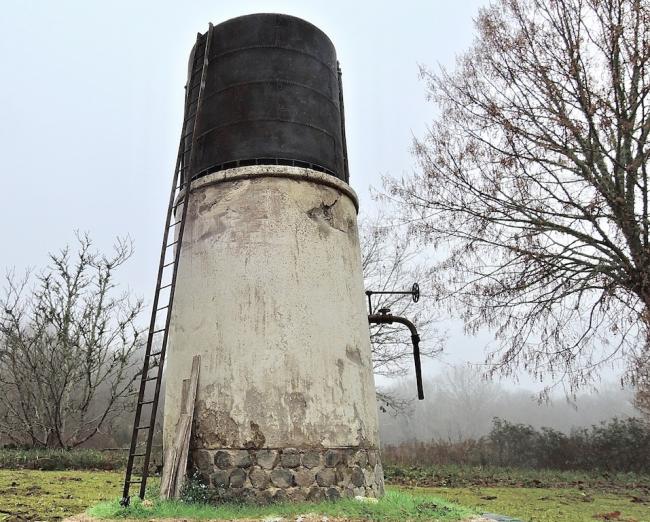
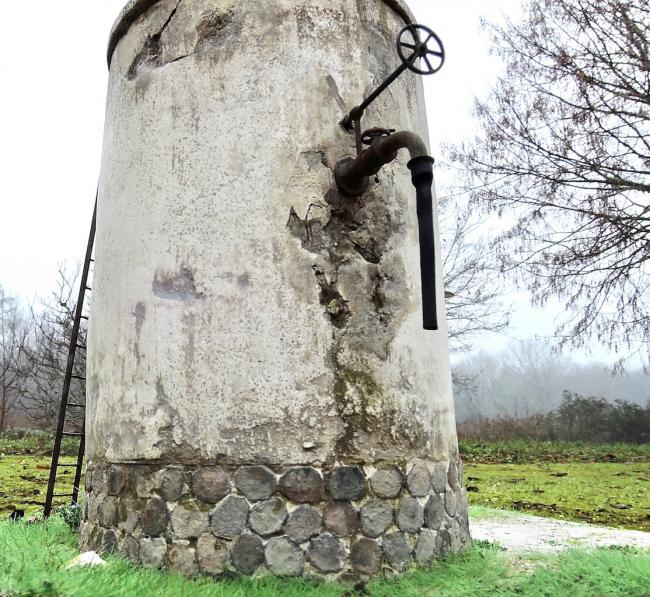
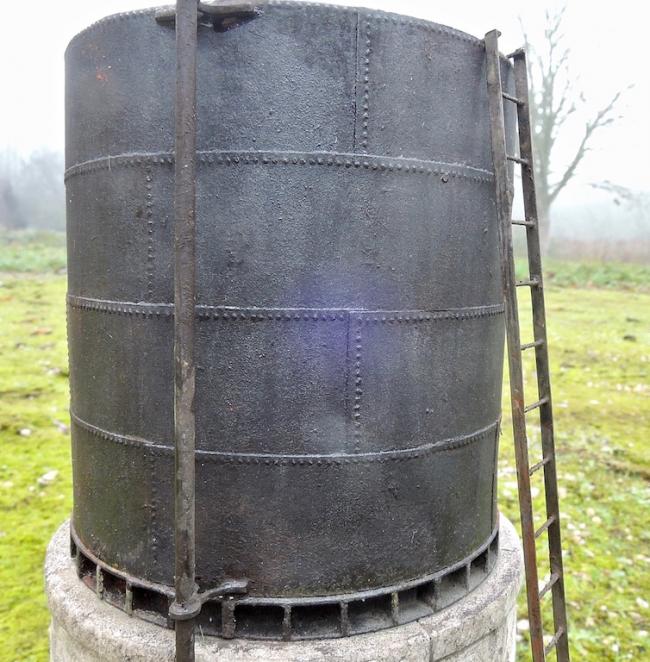
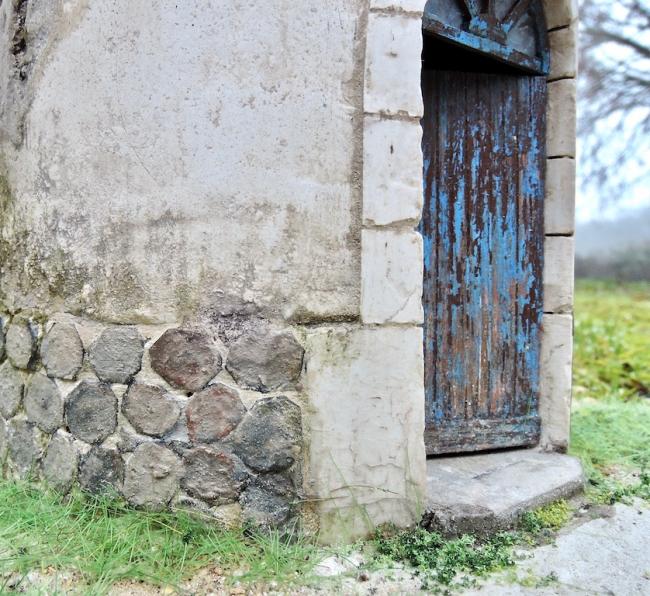
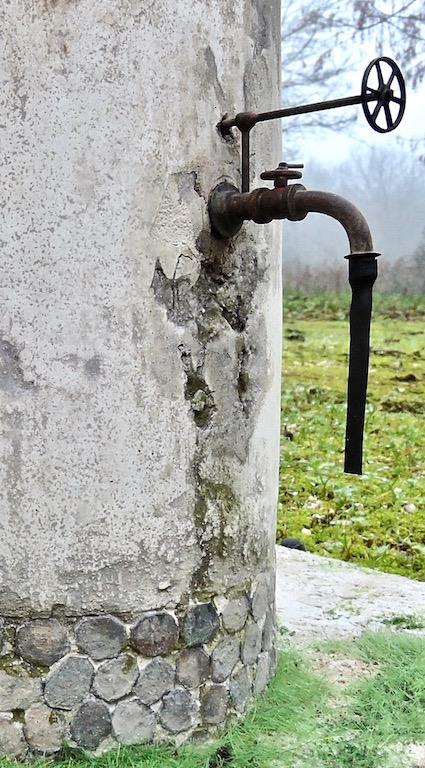
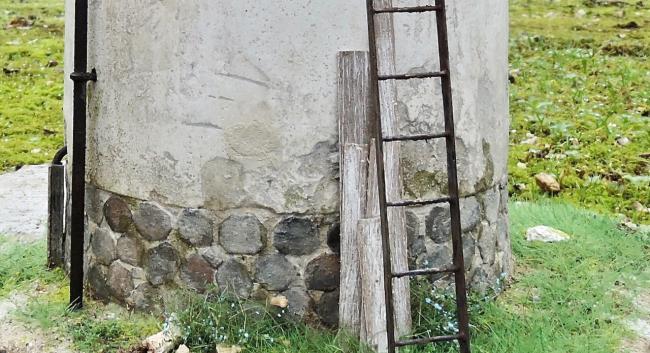
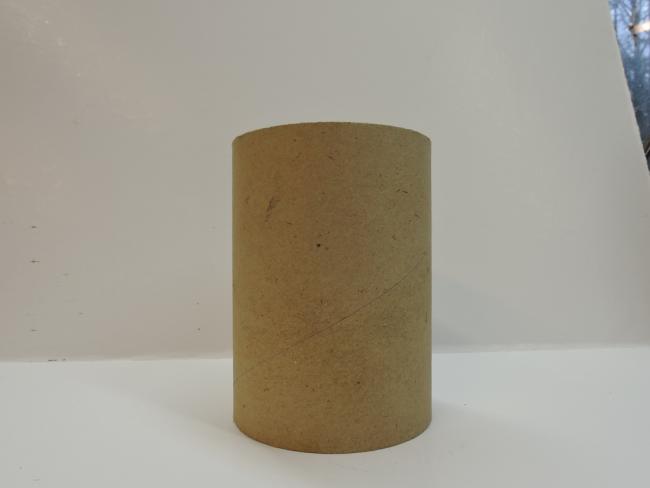
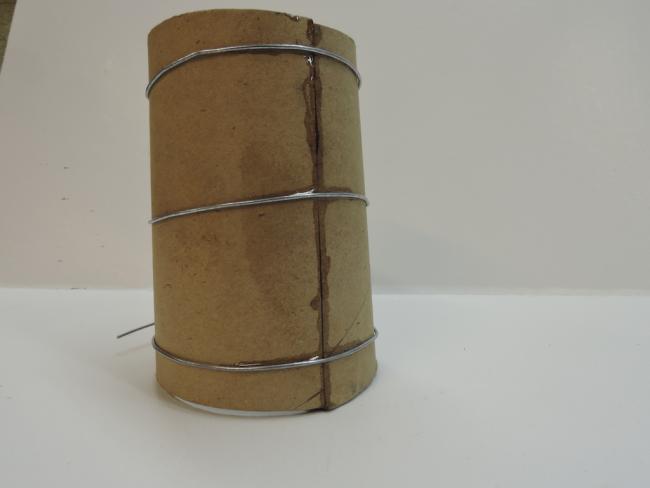
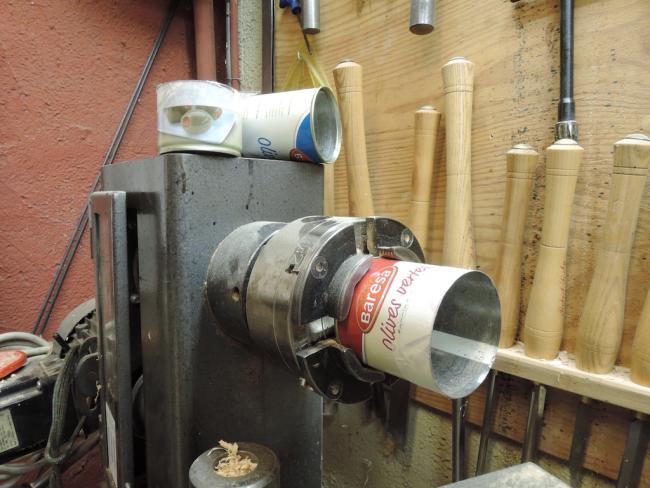
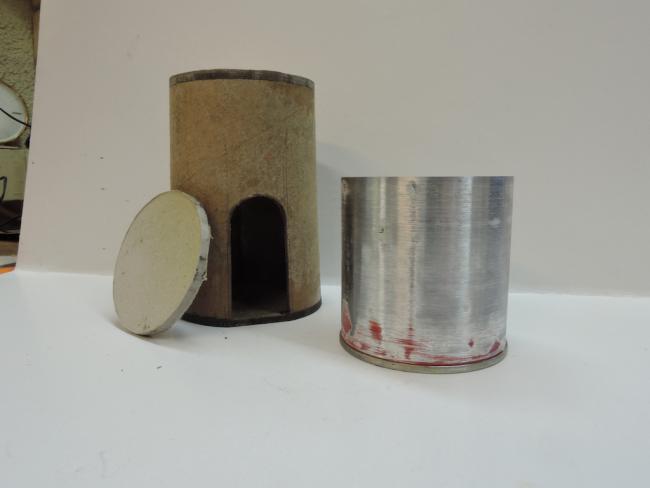
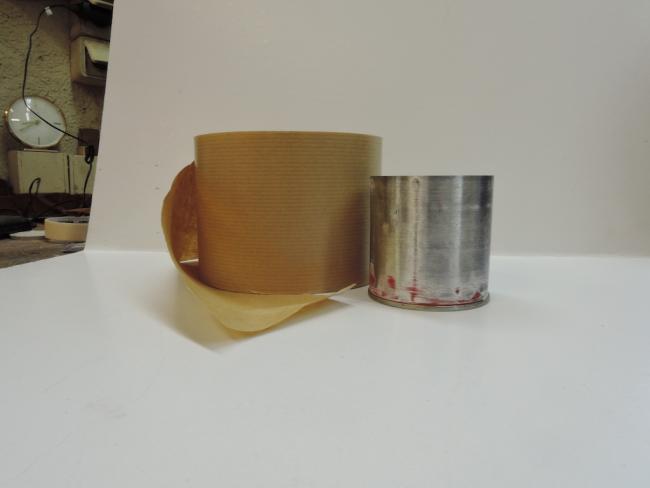
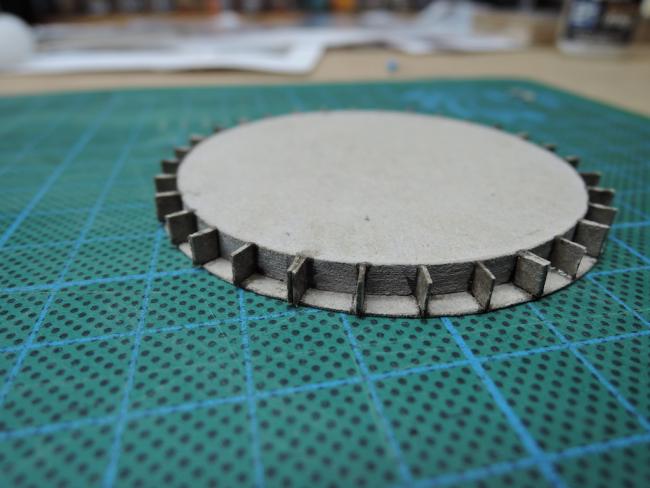
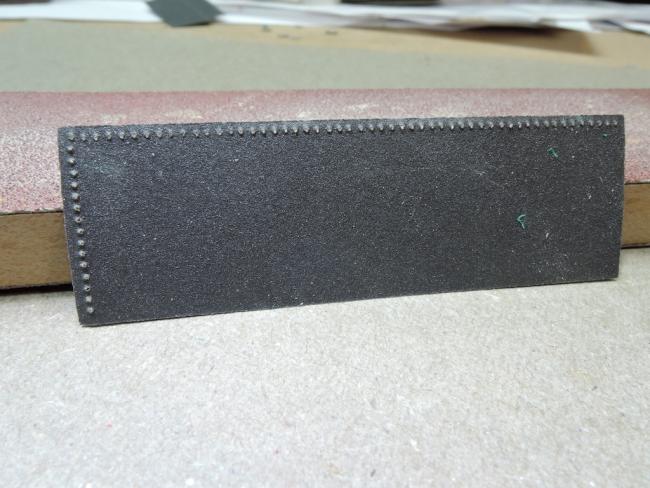
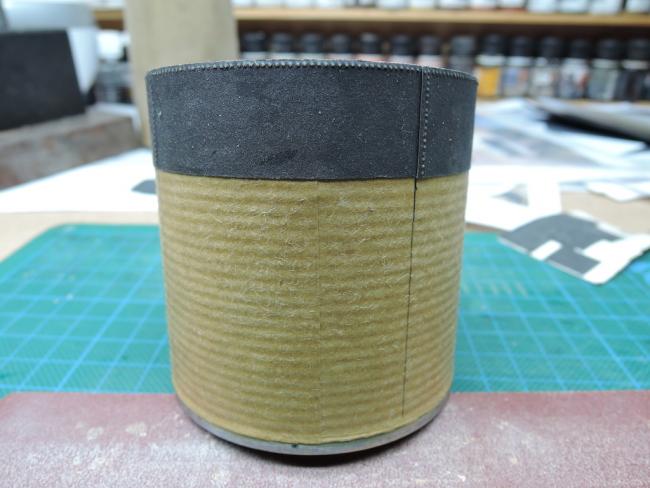
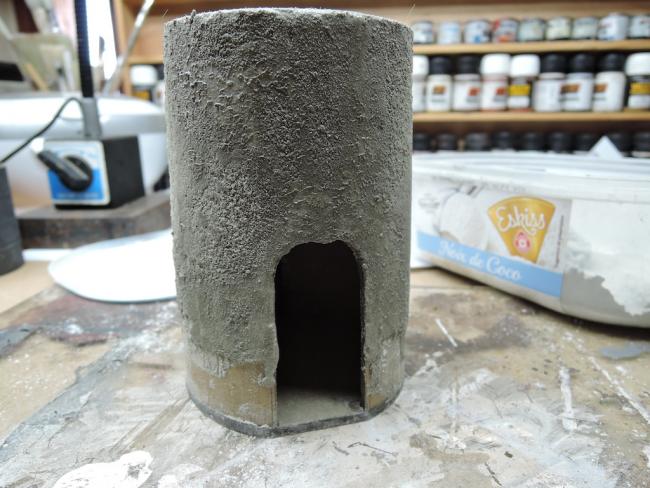
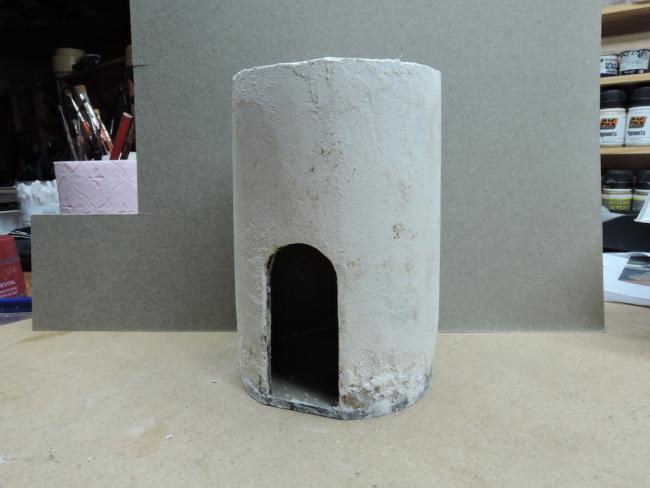
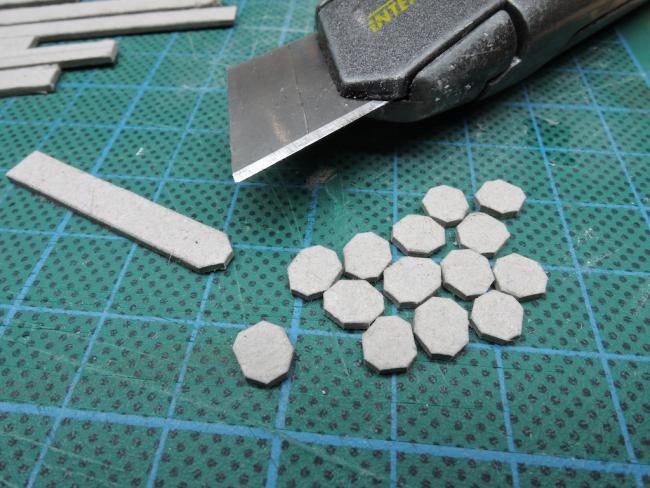
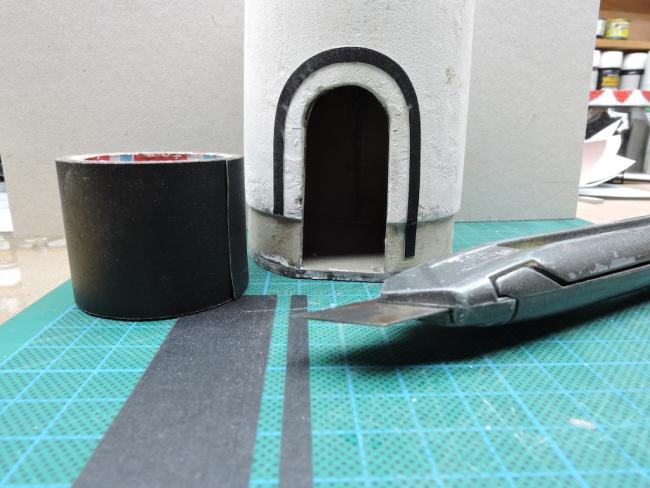
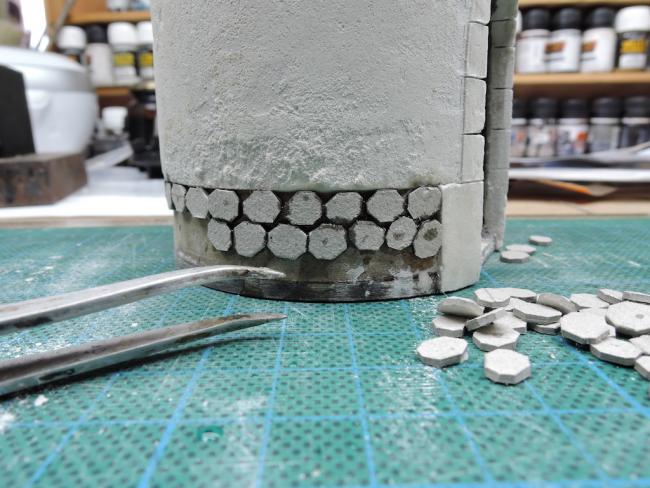
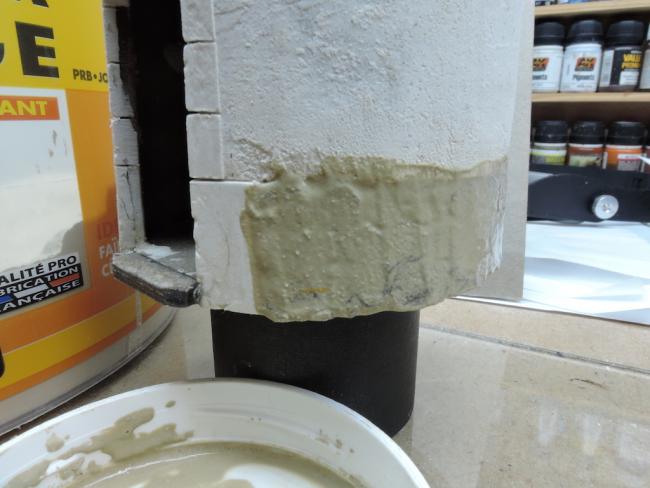
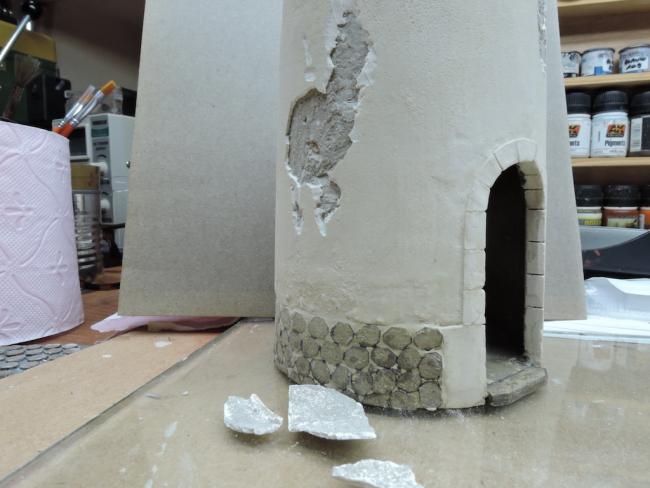
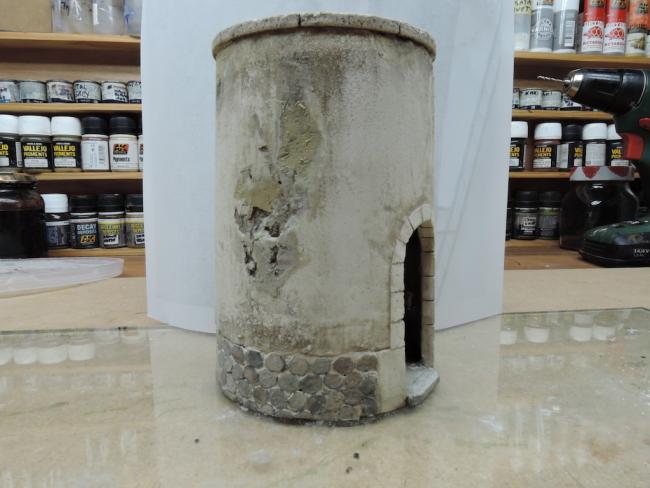
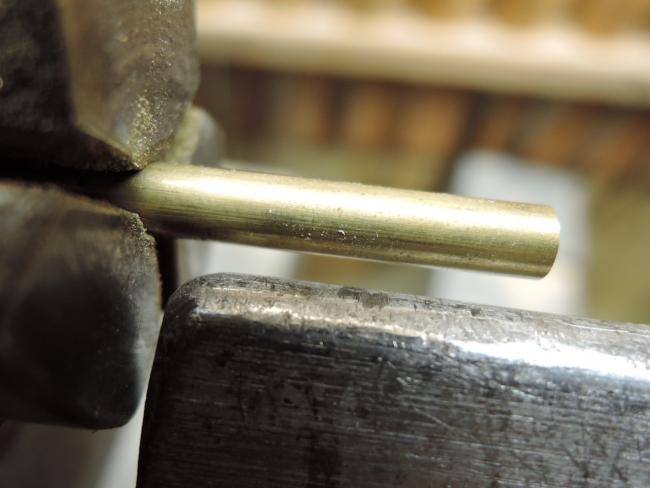
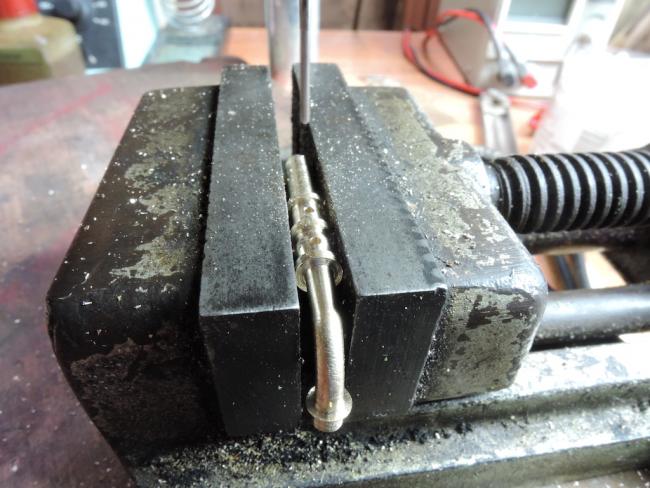
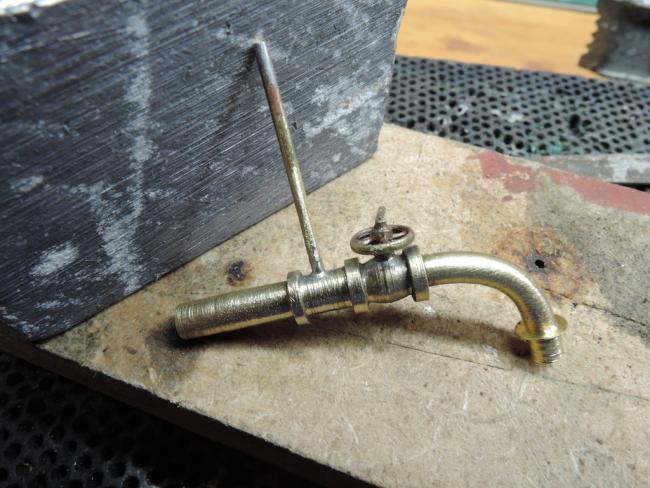
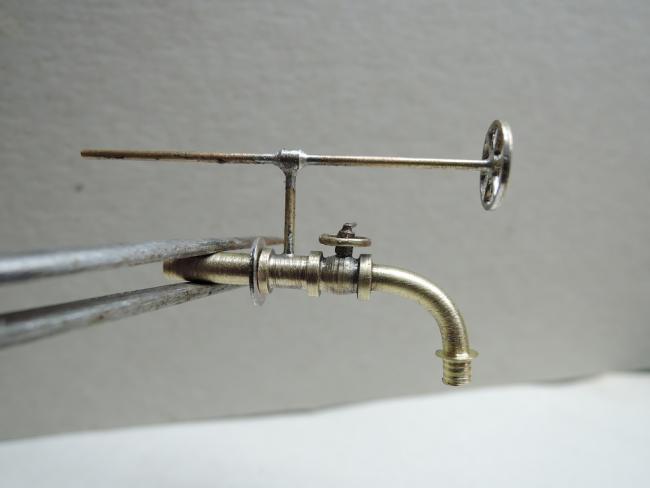
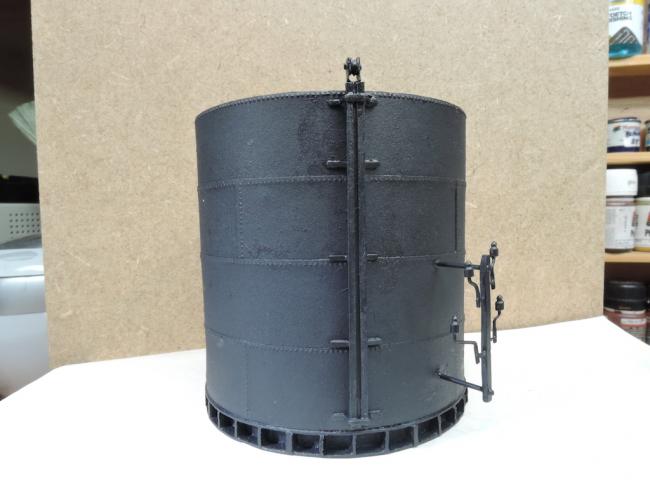
Thanks for watching
Robert
This is a complete scratch build edifice which I want to share with you guys her on the forum. ( By kind permission )
There are no SW kits involved, but perhaps these simple techniques might help you with diorama building .
Al materials are, cardboard, plaster, cement, tin can, white glue, 600 grid water sandpaper and some left over brass rod. The peeled paint door is done with the hairspray technique, twice with two colors, over stained wood.
First the finished 'product'.
If you have specific questions, fire away.
Here we go.






























Thanks for watching
Robert

Comments
Simply astounding ..well done
Terry
Hairspray technique: first stain your wood, ( like in the manuals
This is fantastic. Your building is truly art. I am glad you are sharing how you do this.
Again at first I looked at the pictures at the top of the thread. I didn't realize this wasn't the real tower. How did you color the metal tank ? It looks great as well as everything else.
Jim
I can't believe that this is a model. The work is just awesome!!!!!!!!!!!!!!
holy mackerel.....
I continue to be amazed by your art. Your modeling is what I strive for and I always fall short.
Wonderful photography again, as usual.
The only thing that gives away the illusion of a real water tower is the color of the model grass. Otherwise it IS the prototype.
Mitch
Fantastic modeling.
Karl.A
Could you describe the paint and finishing technique you used on the water tower pipes?
Thanks
Mitch
Then I used AK interactive rust colored pigments mixed with very diluted flat varnish as a binder. Al this is in very small quantities. This gives a texture. When all is dry again with some rust colored chalks. ( as in the manuals)
The reservoir, being covered with sanding paper ( 600 grid) was first sprayed ( airbrush) with black primer on a cellulose base. ( I just have lots of it and gives a strong base for further weathering ) Pigments, diluted oils, ( the rust and chalk from the water) . I finished with some hairspray which made it at some parts just a little bit shinier like as if the metal panels weren't all rusted. Could have used satin varnish, but the hairspray was at hand from the door paint/crackle job.
Does this help you a bit ?
Mitch
Could you share a straight on, close up photo of the door? It is a rather unique looking door and transom. Is it a copy of an actual door from a photo or something from your imagination?
http://www.craftsmankituniversity.com/vanforum/uploads/imageupload/594/AY456PSZ4B7J.jpg
Thanks, Dave S. Tucson, AZ
As you can see, and which is logical, there is more paint gone towards the bottom and the transversal plank below because these are the parts more exposed to rain.
The door handle came from a German company Addie Model
https://ssl.webpack.de/addie-modell-shop.de/artikeldetails.php?aid=963
Hope this helps you along.
Robert
All done with the hairspray technique. Could have been the AK chipping fluid as well , but the ' Modus Operandi ' is the same..